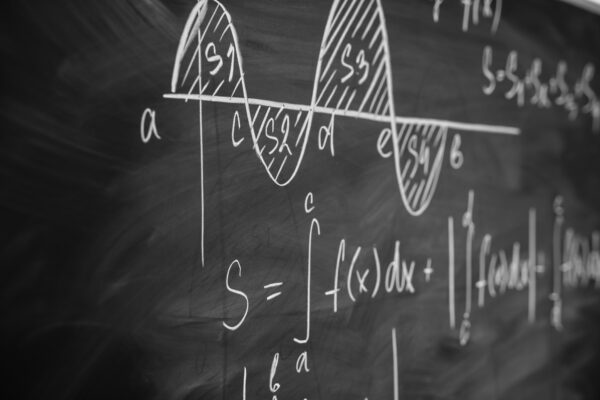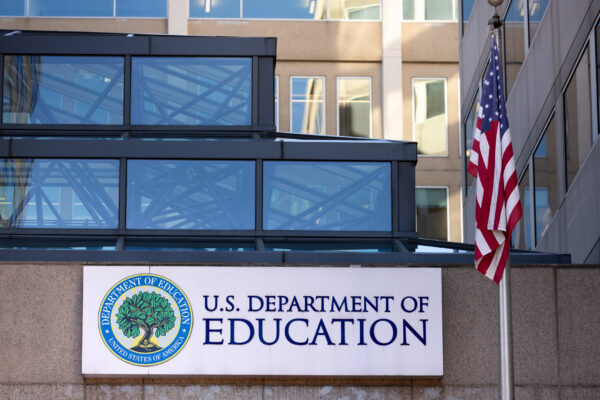Tomorrow morning, the results from the latest Program for International Student Assessment (PISA) will be released. PISA measures the literacy of 15-year-olds in science, math, and reading every three years. Data is reported as a score for each country and as the share of students reaching one of six proficiency levels, with one being the lowest level and six being the highest. Here is a look back at some of the findings from the last PISA in 2018. As a note, PISA does not officially rank countries based on average score, but we choose to do so for our own analyses.
Reading
The US ranked 13th in reading literacy in 2018. The average score for the US (505) was higher than the OECD average score (487). The top scorer was the the combined provinces of Beijing, Shanghai, Jiangsu, and Zhejiang in China (555). The average US reading literacy score for 2018 was not measurably different from its score in 2015 (497). In 2015, the US ranked 24th.
For the US, 14% of 15-year olds reached a proficiency level of 5 or 6 in reading in 2018, while 19% scored below level 2. Singapore had the largest share of high-performing students, with 26% of its 15-year olds scoring at level 5 or 6.
Math
The US ranked 37th in math literacy in 2018. The average score for the US (478) was lower than the OECD average of 489. The top scorer was the the combined provinces of Beijing, Shanghai, Jiangsu, and Zhejiang (591). The average US math literacy score for 2018 was not measurably different from the US score in 2015 (470). In 2015, the US ranked 40th.
Just 8% of US 15-year-olds reached a proficiency level of 5 or 6 in math in 2018, while 27% scored below level 2. The Beijing, Shanghai, Jiangsu, and Zhejiang provinces had the largest share of high-performing students, with 44% scoring at level 5 or 6.
Science
The US ranked 18th in science literacy in 2018. The average score for the US (502) was higher than the OECD average (489). The top scorer was the the combined provinces of Beijing, Shanghai, Jiangsu, and Zhejiang (590). The average US science literacy score for 2018 was not measurably different from the US score for 2015 (496). In 2015, the US ranked 25th.
Just 9% of US 15-year-olds reached a proficiency level of 5 or 6 in science in 2018, while 19% scored below level 2. The Beijing, Shanghai, Jiangsu, and Zhejiang provinces had the largest share of high-performing students, with 32% scoring at level 5 or 6.

The PISA results being released tomorrow are the first since Covid. The extent to which the pandemic had an impact on student performance domestically and/or internationally will be a topic for future blog posts.







